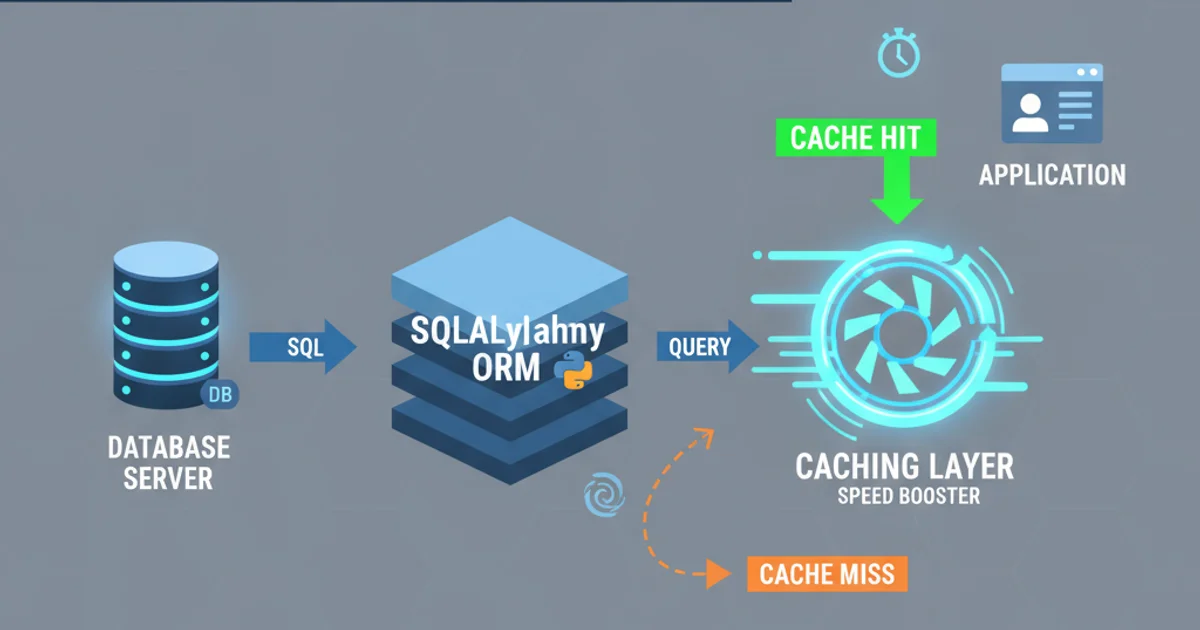What does the 'put' keyword do in Python
Categories:
Understanding the 'put' Keyword in Python: A Deep Dive

Explore the various contexts and libraries where the 'put' keyword (or method) is used in Python, from threading to data structures and web frameworks.
In Python, the term 'put' isn't a built-in keyword in the same vein as if, for, or def. Instead, it commonly appears as a method name within various modules and data structures. Its core meaning generally revolves around the action of placing or inserting an item into a collection, queue, or storage mechanism. Understanding its usage requires examining the specific context in which it appears.
The 'put' Method in Queue Data Structures
One of the most prevalent uses of a put method is within Python's queue implementations, particularly in the queue module (for multi-threading) and collections.deque (though deque uses append or appendleft for adding elements, the concept is similar). The queue.Queue class, designed for safe multi-threaded communication, uses put to add items to the queue. This method often includes parameters for blocking behavior and timeouts.
import queue
# Create a new queue
q = queue.Queue(maxsize=3)
print("Putting item 1...")
q.put(1) # Adds item 1 to the queue
print("Putting item 2...")
q.put(2)
print("Putting item 3...")
q.put(3)
print("Queue is full. Trying to put item 4 (will block or raise error if timeout is set)...")
# q.put(4, block=True, timeout=1) # This would block for 1 second then raise queue.Full
print(f"Current queue size: {q.qsize()}")
item = q.get()
print(f"Got item: {item}")
print(f"Current queue size after get: {q.qsize()}")
Example of queue.Queue.put() in action.
flowchart TD
A[Start Thread/Process] --> B{Is Queue Full?}
B -- No --> C[Add Item to Queue (put)]
C --> D[Item Added]
B -- Yes --> E{Blocking Enabled?}
E -- Yes --> F[Wait for Space (block)]
F -- Timeout/Space Available --> C
E -- No --> G[Raise queue.Full Error]
G --> H[End Thread/Process]
D --> HFlowchart illustrating the put operation in a bounded queue.
queue.Queue.put(), always consider the block and timeout parameters, especially in multi-threaded applications, to prevent deadlocks or unresponsive behavior.HTTP 'PUT' Method in Web Frameworks
Beyond data structures, 'PUT' is a standard HTTP method used for web communication. In Python web frameworks like Flask, Django, or FastAPI, you'll encounter methods or decorators that handle HTTP PUT requests. An HTTP PUT request is typically used to update an existing resource on a server or to create a resource at a specific URI if it doesn't already exist. It's idempotent, meaning multiple identical PUT requests should have the same effect as a single one.
from flask import Flask, request, jsonify
app = Flask(__name__)
# A simple in-memory store for demonstration
database = {"1": {"name": "Item A", "value": 10}}
@app.route('/items/<item_id>', methods=['PUT'])
def update_item(item_id):
data = request.json
if item_id in database:
database[item_id].update(data)
return jsonify({"message": f"Item {item_id} updated", "item": database[item_id]}), 200
else:
database[item_id] = data
return jsonify({"message": f"Item {item_id} created", "item": database[item_id]}), 201
if __name__ == '__main__':
# To run this: save as app.py, then `flask run`
# Test with curl:
# curl -X PUT -H "Content-Type: application/json" -d '{"name": "Updated Item A", "value": 15}' http://127.0.0.1:5000/items/1
# curl -X PUT -H "Content-Type: application/json" -d '{"name": "New Item B", "value": 20}' http://127.0.0.1:5000/items/2
app.run(debug=True)
Handling an HTTP PUT request in a Flask application.
PUT is used for both creating and updating resources, it's crucial to distinguish it from POST. POST is typically used to create a new resource where the server assigns the URI, while PUT creates or replaces a resource at a client-specified URI.Other Contexts: Data Structures and Libraries
The put method can also appear in other specialized data structures or libraries. For instance, some custom implementations of hash maps or caches might use a put method to insert key-value pairs. In data science libraries, you might encounter put in the context of placing data into specific locations within a data structure, though this is less common than insert or assign.
class SimpleCache:
def __init__(self, capacity):
self.capacity = capacity
self.cache = {}
self.order = [] # To simulate LRU or similar eviction
def get(self, key):
if key in self.cache:
# Move to end to signify recent use
self.order.remove(key)
self.order.append(key)
return self.cache[key]
return None
def put(self, key, value):
if key in self.cache:
self.cache[key] = value
self.order.remove(key)
self.order.append(key)
else:
if len(self.cache) >= self.capacity:
# Evict LRU item
lru_key = self.order.pop(0)
del self.cache[lru_key]
self.cache[key] = value
self.order.append(key)
cache = SimpleCache(2)
cache.put('a', 1)
cache.put('b', 2)
print(f"Cache after putting a, b: {cache.cache}") # {'a': 1, 'b': 2}
cache.get('a') # 'a' is now most recently used
cache.put('c', 3) # 'b' should be evicted
print(f"Cache after putting c: {cache.cache}") # {'a': 1, 'c': 3}
print(f"Order: {cache.order}") # ['a', 'c']
A custom SimpleCache class demonstrating a put method for key-value insertion with eviction logic.